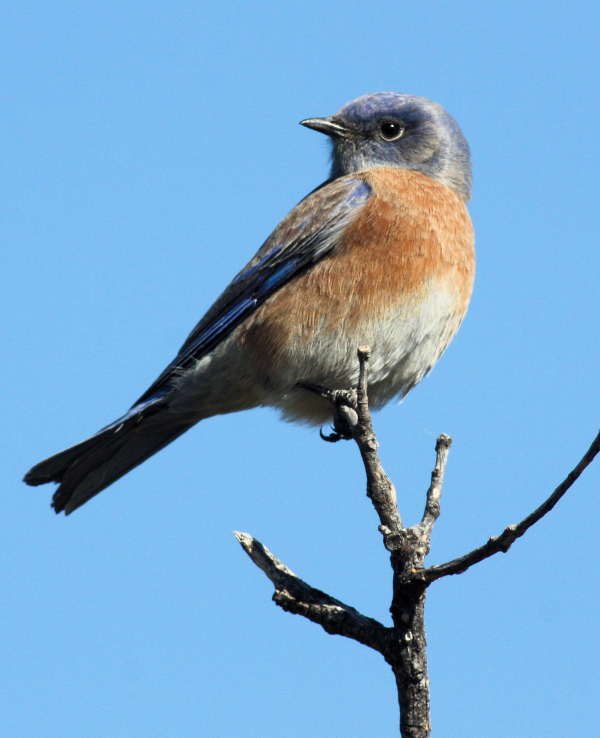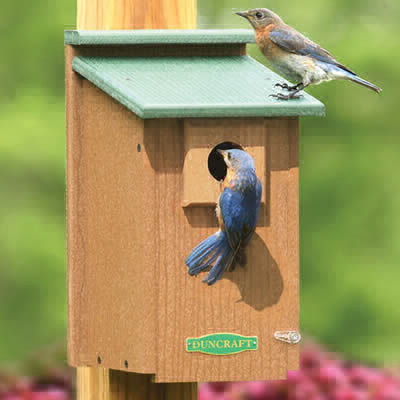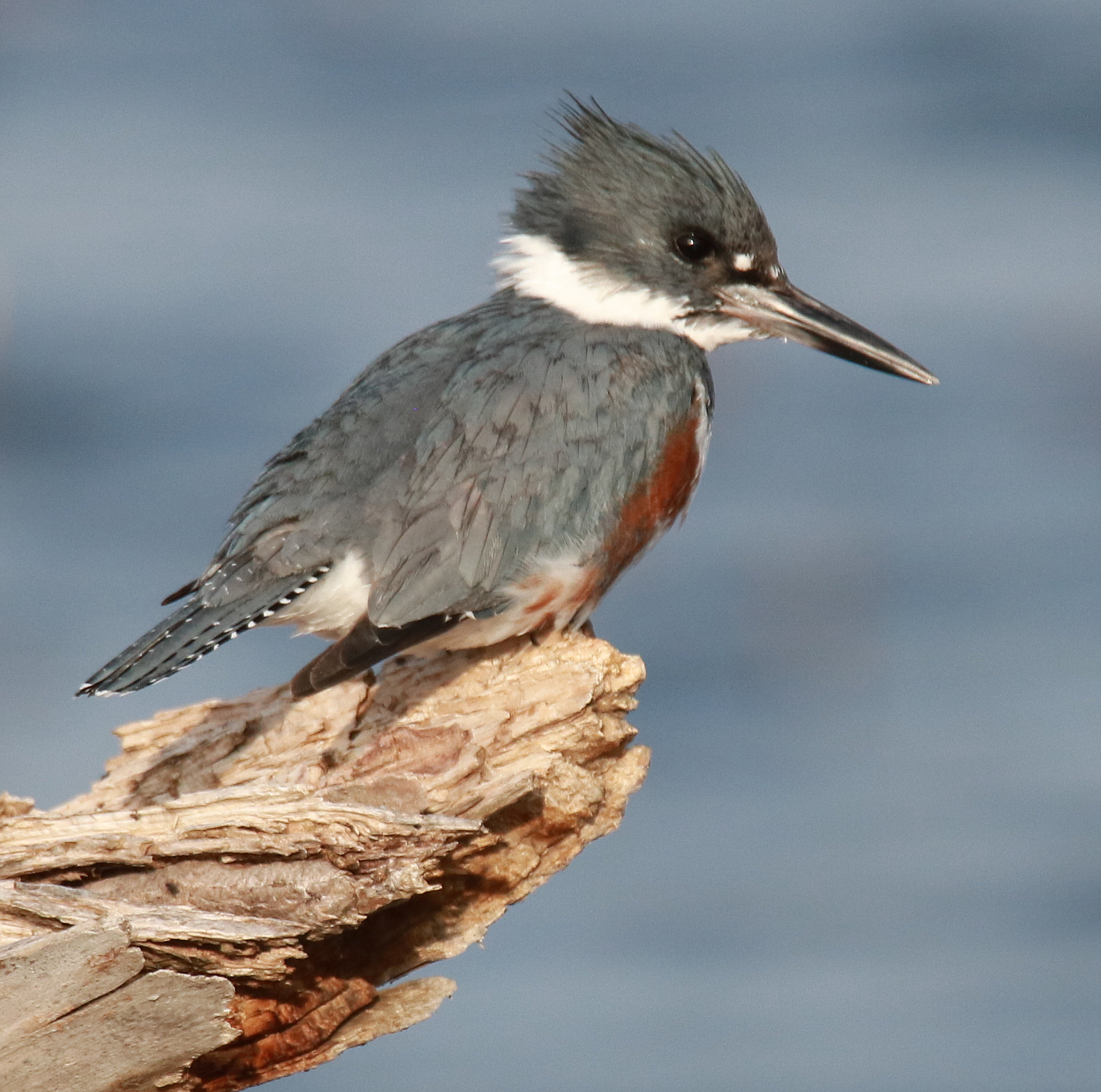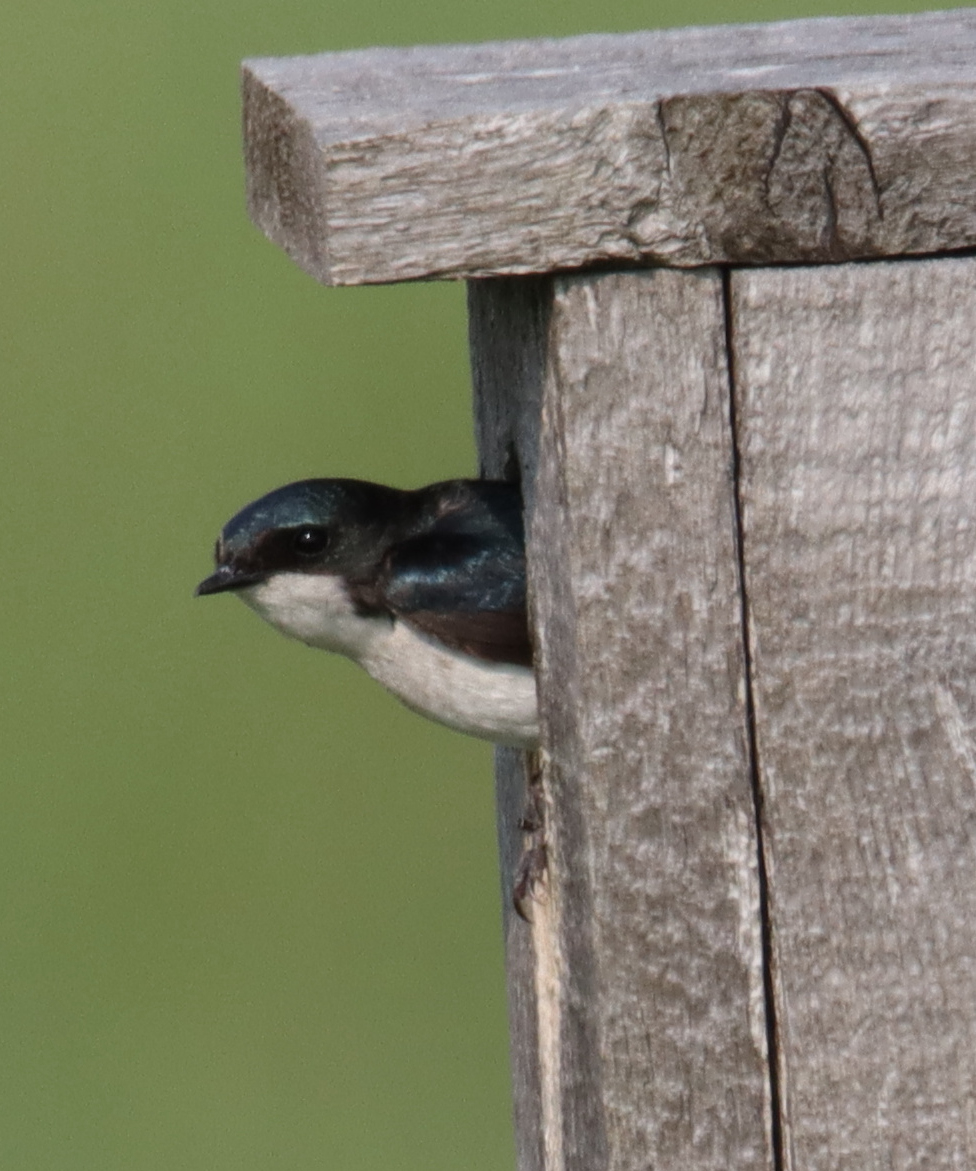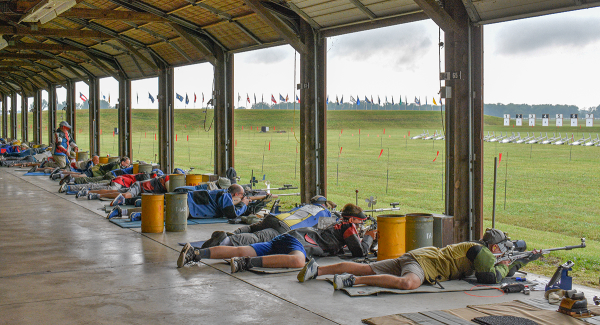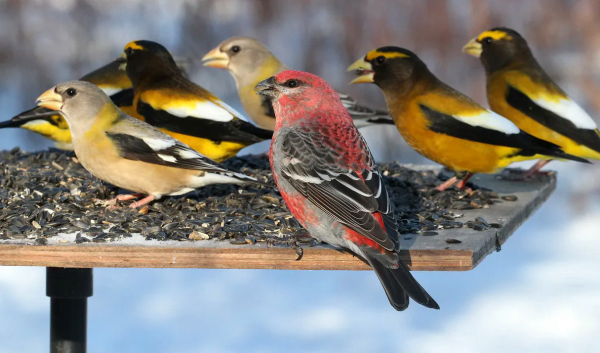Space Storms Produce More Vagrant Birds
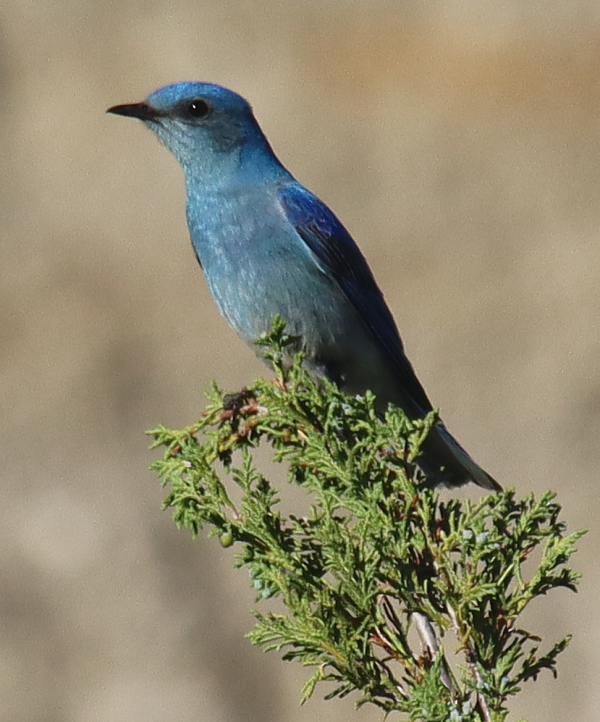
Birders around the world are fascinated by vagrants – birds that turn up in unexpected places well beyond their species’ normal range. Vagrancy can be caused for a variety of reasons, but an interesting article published in Audubon magazine provides a new perspective on “lost” or “rare” birds. Ornithologists from the University of California at Los Angeles (UCLA) recently found a new reason that birds go astray by analyzing 60 years of bird banding data. They demonstrated that the frequency of vagrant birds increases during periods of geomagnetic disturbance – during a distortion in the Earth’s magnetic field, or a space storm.
Benjamin Tonelli, the study’s co-author, began his Ph.D. program at UCLA working under co-author Morgan Tingley during the summer of 2020, and by accessing data from the US Geological Survey’s Bird Banding Laboratory – more specifically, records of 2 million captures of 152 land bird species spanning 60 years – Tonelli and Morgan were able to look for connections between the rate of vagrancy over time relative to other factors, including geomagnetic disturbance and solar activities.
A clear pattern emerged: Vagrancy during fall migration increased during disruptive periods to the Earth’s magnetic field. Increased levels of geomagnetic disturbance were associated with a 250 percent increase in the number of re-captures of banded birds from unexpected places or time periods; and the effect was even more pronounced for long-distance migrants. These are the birds we read about weekly in the American Birding Association (ABA), Rare Bird Alert.
Researchers have long known that birds rely on Earth’s magnetic field to navigate during migrations, and vagrancy has previously been linked to the same space storms and solar activity that can cause auroras in the night sky – and disrupt Earth’s magnetic field. But Tonelli and Morgan are the first to demonstrate on a large scale that geomagnetic disturbances increase vagrancy in birds. However, there was a surprise hiding in the banding data: High levels of solar activity, which varies on an 11-year cycle and is visible as an increase in the number of black sun spots on the solar surface, appeared to reduce the frequency of vagrancy in birds.
When analyzing solar activity and geomagnetic disturbance, “I was expecting one or the other or both to be positively associated with vagrancy,” Tonelli said. But the negative relationship between elevated levels of solar activity and vagrancy was completely unexpected. “It turned out to be a more complex relationship.”
In addition to the invisible push and pull of the Earth’s magnetic field, migratory birds have many other ways to orient themselves during their continent-spanning or hemisphere-spanning migrations, including landmarks on the ground, and the position of the sun and stars above. Tonelli’s hunch is that, although geomagnetic disturbances can make birds’ “internal compasses” point in the wrong direction, high enough solar activity can stop their internal compasses from functioning at all, causing birds to turn to other navigational methods unaffected by space storms.
Migration is such an important event for birds “that there is selective pressure to have multiple, redundant mechanisms to protect themselves against when, for instance, they can’t use their magnetic compass anymore,” Tonelli explained. “They should have some other things that they can fall back on.”
While geomagnetic disturbances are just one of many possible causes of birds turning up in unusual places, by Tonelli and Tingley’s calculations they could account for up to 30 percent of vagrants, also known as “rare bird sightings.” Their results have exciting implications: “I’m sure this will lead to a paradigm shift in vagrancy research,” noted Alexander Lees, an ornithologist at England’s Manchester Metropolitan University and the author of a book about bird vagrancy. Although Lees was not involved in this research, he was excited to share: “Imagine BirdCast-style models that factor into account both terrestrial and extraterrestrial weather to forecast rare bird occurrences!”
Each week, we provide a Rare Birds article, usually produced using information created by the American Birding Association, and we certainly see seasonal ebbs and flows in “rare birds” turning up across the continent, or on the wrong continent, which creates new Rare Bird Records for states, provinces, and North America. This article certainly provides new insights into how some of these way-lost birds might become disoriented and end up far beyond their regular range.
To refer to the original Audubon article, see When Birds Get Lost, Space Storms May Be to Blame | Audubon


